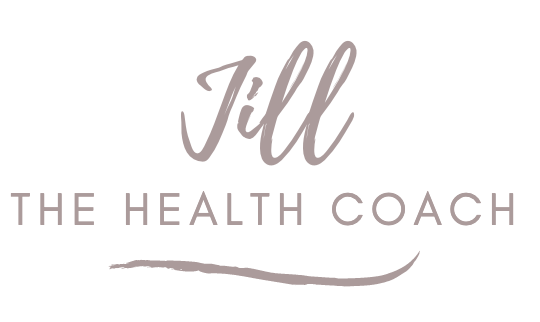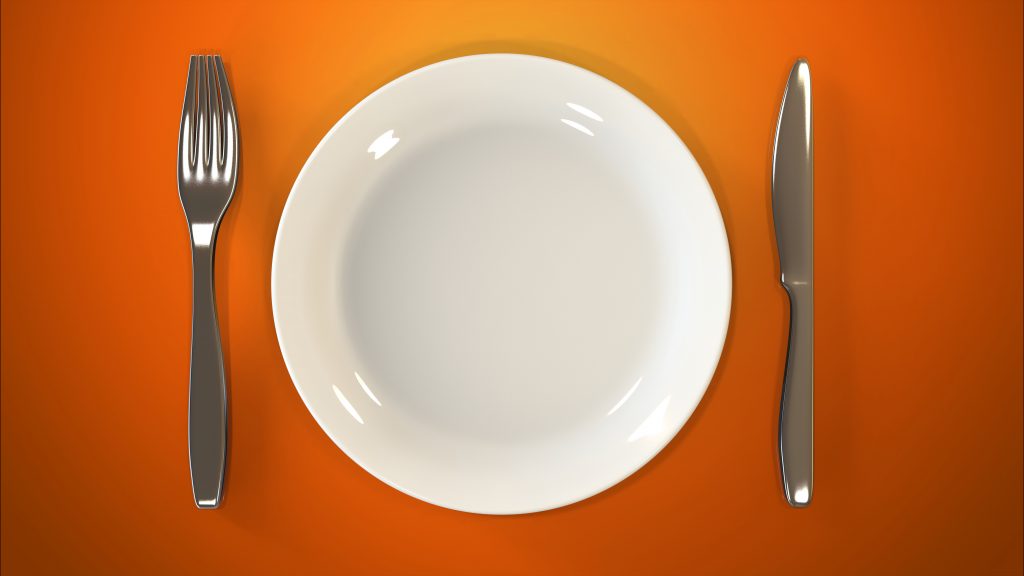Today is Yom Kippur, the Jewish holiday in which we fast from sunset to sunset as we repent for sins from the previous year. Fasting is as old as time with many other religions partaking in fasting during other holidays such as the Muslim holiday Ramadan and the Catholic Church on Ash Wednesday and Good Friday.
I always find it fascinating that there are usually many reasons for religious traditions, and I usually find some sort of health component tied in. During Yom Kippur, the point of fasting is that we are not to be distracted by anything, even food, when praying on this holy day. However, another reason to fast is to cleanse the body as we go into the Jewish New Year.
I’ve written before about the benefits of fasting as a tool to release weight and to improve cognitive function and more. In fact, our bodies were designed to fast.
You see, way back when, we couldn’t just go to the fridge in the cave and grab what we wanted. Our food supply depended on what we could hunt or gather that day.
If there was no suitable food to forage or capture, well, you wouldn’t eat right away. Our bodies were brilliantly designed to thrive this way.
Eating 3 times a day with snacks in between is really a recent phenomenon that started with food being too readily available. Even 50 years ago, most people just ate 3 meals a day if that.
So, the key is to fast in between meals and then intermittently do 24-hour fasts. That means eat 2-3 meals (eating non-processed foods, lots of veggies, fruit and fiber) a day and then fast a few days a week.
In fact, Dr. Jason Fung writes about the benefits of fasting in his book, The Obesity Code.
For example, Dr. Fung says that if you’re not hungry for breakfast, that means your body may not need it. Then, be sure to fast in between meals by avoiding snacking.
To be clear, Dr. Fung’s fasting suggestions aren’t as scary as it seems. His recommended fast days may be skipping breakfast and lunch and having a light dinner of a protein and vegetable. How often do we do this when we are busy anyway?
Just don’t confuse fasting with starvation. Fasting will help you jumpstart your body much like exercising using high intensity interval training jumpstarts your body.
For me, I tend to fast on a regular basis. Most days I intermittent fast from dinner to lunch the following day. Typically, that is a 16 hour fast window.
Then, I often do 3-day fasts. I generally don’t do hardcore no-food fast for days. For me, this is having a celery juice in the morning, lots of water throughout the day and some tea, and a cup of broth at dinner. It’s satisfying and still does the trick.
The Obesity Code’s recommendations seem to simply mirror what our ancestors did before all our modern-day diseases emerged such as cancer and the plethora of autoimmune disease, digestive problems, cardiovascular disease, etc. This code may be the secret to finally release weight for good, help tamp down inflammation and disease by bringing your body into balance.
Always speak with your doctor before attempting any type of fasting.
And if you need a little help with healthy foods when you’re not fasting, check out my free shopping list to you build up your immune system and bring your body back to balance naturally.
“It is our choices that show what we truly are far more than our abilities.”
Live well and love more,
Jill Gordon
All material in this newsletter is provided for information only and may not be construed as medical advice or instruction. No action or inaction should be taken based solely on the contents of this publication; instead, readers should consult appropriate health professionals on any matter relating to their health and well-being. The information provided has not been approved the Food & Drug Administration and is not intended to diagnose, treat, cure, or prevent any illness or disease.

